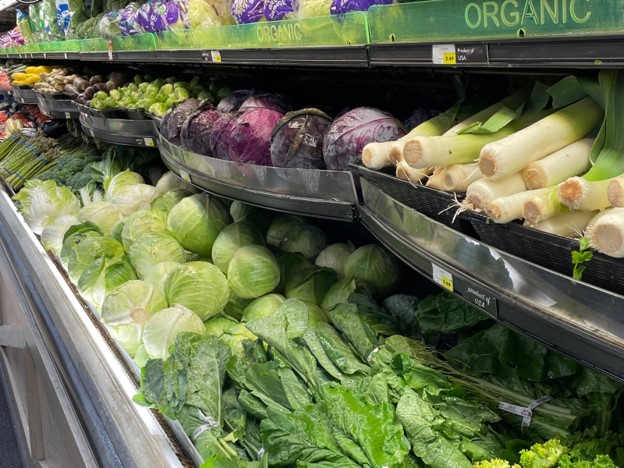CHAMPAIGN — Grocery prices across the U.S. have risen more than 25% since 2020, according to the U.S. Department of Agriculture. Food prices are currently the third highest consumer expense.
USDA data shows the cost of food at home increased by 3.5% in 2020, 3.9% in 2021, 11.4% in 2022, and 5% last year.
“While the USDA predicts a more typical annual increase of about 1.6% for 2024, consumers are still being faced with the compounded increases over the last few years, and the grocery prices remain high,” said Jamie Mahlandt, a financial educator with University of Illinois Extension.
The prices of some food products, including fats and oils, processed fruits and vegetables, cereals and bakery products, rose more than average, she said. Of those foods, the only one expected to not continue rising in 2024 is cereals and bakery products.
After a recent trip to Aldi in Champaign, Laurie Gorham said she is still working at almost 78 years old in order to help pay for groceries for her family.
“This is it. We can’t do anything else. We don’t travel and we don’t go out to eat. It’s been really hard,” Gorham said.
Laura Parrett, another shopper at Aldi, said she’s noticed food prices rising and uses several strategies to save money.
“I’m retired now so I have more time and I can go to a couple different stores to get better prices,” Parrett said. “We also eat at home more. Before Covid, we ate out a lot more, but now we’ve gotten in the habit of cooking at home.”
Mahlandt recommends a USDA resource on the cost of food at home, which can help people determine how much to budget for groceries. She also made a grocery planning booklet, which helps people with meal planning and tracking grocery spending.
“Being consistent with your spending plan can be a challenge, so the booklet walks people through step by step, setting a basic goal with their food spending and planning their meals,” Mahlandt said.
Mahlandt also encourages people to compare prices, use coupons, and shop with a list to help save on groceries. Cutting down on food waste is another good way to help save on grocery costs, she said.
“The average family of four throws away about $1,500 a year in unused food,” Mahlandt said. “Just general meal planning can help you be more conservative to make sure you are wasting less.”

